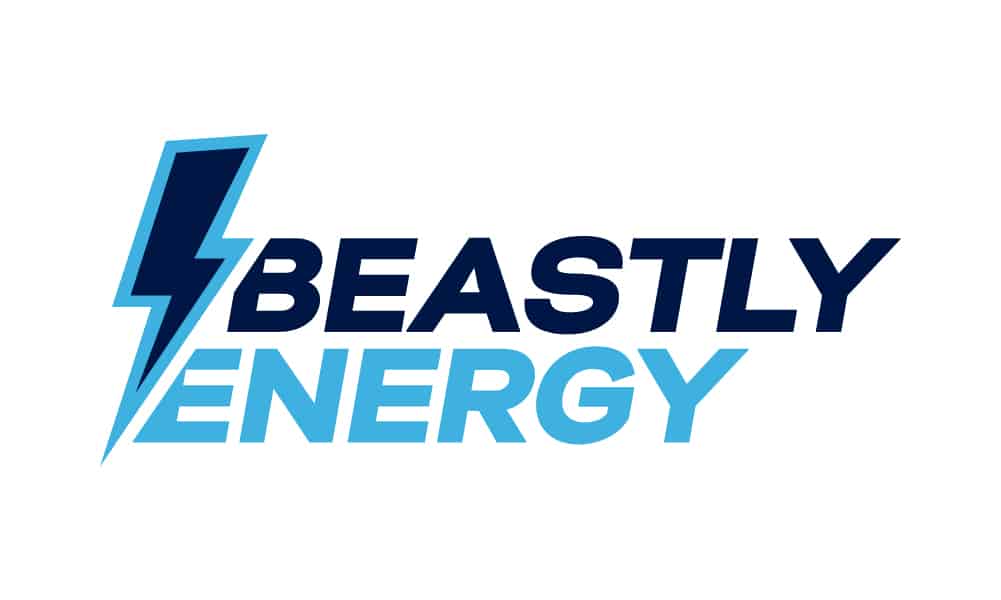Ever heard of the energy drink known as Bang?
You may have tried it once or twice before, you may even be drinking Bang this very moment, hoping to boost your physical performance during a workout, or simply to get a much-needed dose of energy for the day ahead.
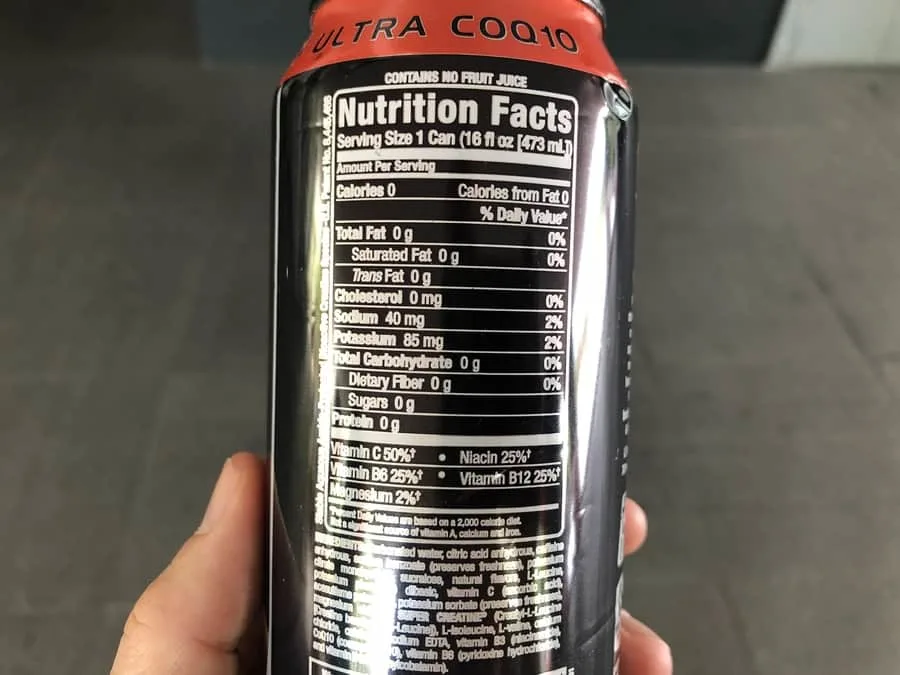
But you may be wondering, how effective is Bang? Does it really live up to its promises? How much nutrition does Bang supply?
In short, a can of Bang contains a handful of vitamins, some antioxidants, several kinds of energy boosters, a whopping load of caffeine, and zero calories.
Read on for more information about the nutrition breakdown of Bang, the analysis of its most important ingredients, and the divisive reports from independent lab tests disputing Bang’s claims.
And for more information on Bang nutrition facts, I’ve written an article on the side effects of drinking Bang, which you’ll definitely find useful.
Contents
Nutrition Content in Bang Energy Drink
The nutrition label on a regular can of Bang energy drink will typically list the following nutrition values.
| Typical Values | Bang (16 fl.oz) |
| Energy | 0 calories |
| Protein | 0g |
| Fat (Of which saturated) | 0g (0g) |
| Carbohydrate (Of which sugars) | 0g (0g) |
| Sodium | 40mg |
| Caffeine | 300mg |
| Vitamin B3 (Niacin) | 5mg |
| Vitamin B6 | 0.5mg |
| Vitamin B12 | 1.5μg |
| Vitamin C | 27mg |
| Magnesium | 5mg |
| Calcium | 5mg |
Ingredients in Bang Energy Drink
As listed on the label, a single 16 fl.oz can of Bang Energy contains:
- Carbonated water
- Citric acid anhydrous
- Natural flavors
- Malic acid
- Caffeine anhydrous
- Sodium Benzoate
- Potassium citrate monohydrate
- Sucralose
- Potassium phosphate dibasic
- EAAs (L-leucine, L-isoleucine, L-valine, L-lysine, L-threonine, L-phenylalanine, L-histidine, L-methionine, L-tryptophan)
- Potassium sorbate
- Magnesium chloride
- Vitamin C
- SUPER CREATINE® (Creatyl-L-Leucine)
- Calcium chloride
- Calcium disodium EDTA
- vitamin B3 (niacinamide)
- CoQ10 (coenzyme Q10)
- vitamin B6 (pyridoxine hydrochloride)
- vitamin B12 (methylcobalamin)
Caffeine in Bang Energy Drink
Caffeine, the chemical commonly found in coffee and tea. Among its benefits include increased alertness and awareness, reduced symptoms of fatigue, improved physical performance, as well as enhancing cognitive functions.
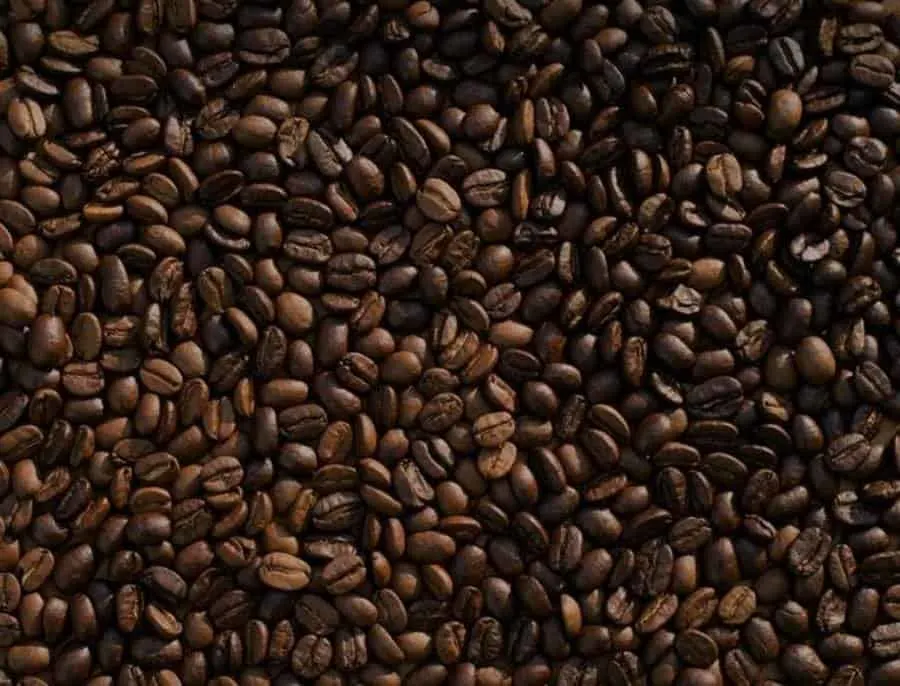
This study found that caffeine had a positive effect on mood and performance during physically and mentally draining tasks.
How Much Caffeine is in Bang?
Bang supposedly contains 300mg of caffeine in a 16oz can, but there have been reports that claim Bang actually contains much less than that.
An independent test conducted in Alpha Testing Labs in Malaysia claims to have found only 34.06mg of caffeine in a Purple Guava Pear flavored Bang.
Another test by Chemical Laboratory Malaysia reportedly found 188mg of caffeine in a can of Sour Heads flavored Bang.
If Bang truly contains 300mg of caffeine in a 16oz can, that would be an exceptionally high amount for an energy drink to have.
To put things into perspective, The FDA’s recommended amount for daily caffeine intake is less than 400mg per day.
Because Bang contains zero natural sugar (read: no actual energy), the energy that you get from drinking Bang primarily comes from the caffeine boost, which would explain the abnormally high amount of caffeine in one can.
Caffeine Anhydrous in Bang
Caffeine anhydrous is a highly concentrated caffeine powder that delivers an enhanced caffeine boost. It is made from the seeds and leaves of coffee plants.
We do not know how much caffeine anhydrous is in Bang. It is known to be very potent and could possibly cause an overdose should there be even the smallest error in measurement.
Personally, with Bang’s already-high caffeine level, I hope the amount of caffeine anhydrous is very little.
Can I Drink More Than One Can?
I personally wouldn’t recommend drinking more than one can of Bang in a single day, especially if you are hypersensitive to caffeine, or have other medical conditions that may worsen from excessive caffeine consumption.
Two cans at once would give you a combined 600mg of caffeine, far above the tolerable daily amount of caffeine at 400mg, and too much caffeine in a short period of time might cause the following conditions:
- Insomnia
- Shakiness
- Anxiousness
- Increased Heart Rate
- Stomachaches
- Nausea
- Headaches
- Dysphoria
For more information on how many cans of Bang Energy Drinks you should drink in a day, I’ve written an article detailing how many cans of Bang you should be having a day, which will hopefully be a great guide on the subject.
CoQ10 in Bang Energy Drink
CoQ10, or coenzyme Q10, is a fat-soluble antioxidant produced naturally by our bodies, found mostly in the mitochondria of our cells.

CoQ10 enhances exercise performance by reducing oxidative stress on the muscles. It also aids in energy production and supports the immune system, preventing cell damage.
How Much CoQ10 is in Bang?
The amount of CoQ10 in Bang is not stated, but a lab test done by Alpha Testing Labs in Malaysia reportedly found 63.86mg in a regular 16oz can.
If Bang truly contains only around 64mg CoQ10 in one can, then this amount might be too little to have any significant effect on physical performance.
According to Healthline, 90-200mg is a typical recommended dose of CoQ10, but certain conditions may require the dosage to reach beyond that level, around a 300-600mg range.
This 6-week study showed that athletes on a 300mg per day dosage of CoQ10 had a significantly enhanced power output as compared to a placebo control group.
Another study showed that a 300mg daily dosage was more effective at improving physical performance when compared to lower doses such as 90 or 100mg daily.
Remember that drinking 2 cans of Bang is dangerous due to the high caffeine amount, therefore DO NOT drink 2 cans just to gain twice the amount of CoQ10.
Creatine in Bang Energy Drink
Creatine monohydrate, the common form of creatine used in energy drinks, is NOT listed among Bang’s ingredients.
Creatine helps boost muscle mass and muscle energy production, improves high-energy performance, and lowers blood sugar by stimulating muscle glycogen storage.
In place of creatine, Bang has a proprietary ingredient called Super Creatine.
What is Super Creatine in Bang?
Super Creatine is essentially creatine bonded with L-leucine and a proprietary ingredient of Bang. Super Creatine is allegedly a more water-soluble form of creatine that has a higher absorption rate than regular creatine.
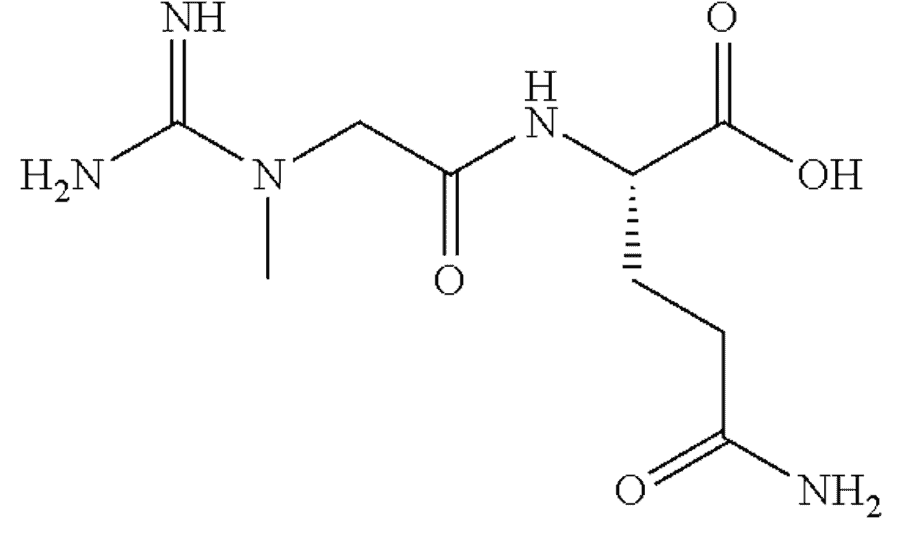
Super Creatine supposedly has similar properties to creatine monohydrate, such as improving strength, increasing muscle mass, and boosting physical performance, but there are no studies to support these claims.
Other alleged benefits of Super Creatine include reduced muscle recovery time and reduced protein breakdown. However, these claims have not been authorized by the FDA nor has research been published to validate them.
There are many controversies regarding Super Creatine’s legitimacy, so if you would like more information, have a look at the article I’ve written all about Super Creatine in Bang.
How Much Super Creatine is in Bang?
We don’t know the amount of Super Creatine that is contained in Bang, because it isn’t stated on the can label, nor is it included in any of Bang’s marketing material.
There are no studies comparing Super Creatine’s productivity with creatine monohydrate, so we have no idea how much Super Creatine is needed to be effective.
EAAs or BCAAs in Bang Energy Drink
EAAs, or essential amino acids, are nine amino acids that cannot be produced naturally by our bodies, so we must obtain them through food.
These nine amino acids are leucine, isoleucine, valine, lysine, threonine, phenylalanine, histidine, methionine, and tryptophan.
Several EAA supplements have also been linked to extra health benefits.
BCAAs, or branched-chain amino acids, are three EAAs that are thought to play a role in energy production in our muscle cells, namely leucine, isoleucine, and valine.
This study details the benefits of BCAAs, mainly:
- Reduces muscle damage
- Increases protein synthesis
- Accelerates muscle recovery
Are EAAs and BCAAs Necessary?
Around the 2:30 mark in the video above, Addie Roberts discusses BCAAs and EAAs. She argues that an adequate protein intake in your daily diet would nullify the effects of EAAs as you’re probably consuming enough EAAs to fulfill your body’s needs.
EAAs are useful and effective if you DO NOT have an adequate protein intake during the day. So if you eat a well-rounded diet, any extra amino acids that your cells don’t need will simply be flushed out of your body.
Sugar and Calories in Bang Energy Drink
Bang is famously known for containing no natural sugar, but it does contain sucralose (a type of artificial sugar).
No sugar means zero calories. Zero calories means no actual energy is entering your body. The boost that you get from drinking Bang comes from caffeine rather than real glucose-derived energy.
Bang is great if you’re on a caloric deficit and want to lose fat, but unless doing so is not recommended by your physician, it’s important that you have a sufficient daily calorie intake (recommended 2000 for women, 2500 for men), so your system won’t be running low on calories.
What is Sucralose?
Sucralose is an artificial sugar made from sucrose that is supposedly 600 times sweeter than sucrose without having any nutrition whatsoever. Its only purpose in Bang is to sweeten the taste in replacement of real sugar.

Curiously enough, this study found that sucralose is minimally absorbed by the body with most of it passing out of the body unchanged. It was observed to have little effect on blood glucose homeostasis when inside the body.
Sucralose is approved as a sweetener by the FDA, however, there are studies like this one that links sucralose to poor gut health, and this one further discusses sucralose and diabetes.
Addie Roberts in the video above also discusses artificial sugar in energy drinks around the 3:38 mark, also voicing her concerns about the unknown effects of artificial sugar.
All in all, it is safest to consult your physician before adding sucralose to your diet.
Vitamins and Minerals in Bang Energy Drink
Here’s a table comparing Bang’s vitamin/mineral amount to the Tolerable Upper Intake Level (UL), with more in-depth information linked to each vitamin/mineral.
| Vitamin/Mineral | Functions/Benefits | Tolerable Upper Intake Level (UL) | Amount in Bang |
| Magnesium | Regulates blood pressure; supports the immune system; boosts muscles and nerve system | 350mg | 5mg |
| Calcium | Maintains healthy bone and muscle function | 2000mg to 2500mg | 5mg |
| Vitamin B3 (Niacin) | Converts nutrients to energy; repairs DNA; supports system as antioxidant | 35mg | 5mg |
| Vitamin B6 | Supports the central nervous system; ensures smooth metabolism | 100mg | 0.5mg |
| Vitamin B12 | Generates red blood cells; maintains brain function and nerve tissue health | Unknown | 1.5μg |
| Vitamin C | Acts as an antioxidant; maintains bones, skin, and blood vessels | 2000mg | 27mg |
Clearly, the vitamins and minerals in Bang are welcome additions, but a cursory look will show that their amounts are too low to be a source of real supplement.
For example, the recommended daily intake of Vitamin C is 75-90mg, way more than the 27mg in Bang. Even the lowest recommended dose of magnesium supplement, for children aged below 4, is 65mg.
You also need 1000mg of calcium daily, which Bang will not be able to supply.
So don’t rely on Bang for your vitamins and minerals. Eat your fruits, drink your milk, get magnesium and calcium and vitamins from fresh vegetables and produce, or just take normal vitamin C tablets.
And if you really want to be sure, don’t forget to consult your doctor regarding your diet and vitamin intake.
Other Ingredients in Bang Energy Drink
Sodium Benzoate in Bang
Sodium benzoate is a preservative used to extend the shelf life of processed foods and beverages. It is made by combining benzoic acid and sodium hydroxide, and it bears no nutritional value.
The FDA has approved it as a generally safe ingredient, but supporting studies still insist that further research is still needed regarding significantly different amounts of sodium benzoate in food.
Sodium benzoate creates benzene, a carcinogen, under certain conditions. The FDA considers low levels of benzene to be safe, but many concerns regarding benzene have been raised.
Other potential health concerns include:
We don’t know how much sodium benzoate is in Bang.
Calcium Disodium EDTA in Bang
Calcium disodium EDTA is a popular food additive used to preserve the texture, flavor, and color of food products. It bears no nutritional value.
There have been concerns raised by the New Zealand Medical Journal over the safety of calcium disodium EDTA as a medical drug. The FDA has set limitations on the amount of calcium disodium EDTA in foodstuff.
We do not know how much calcium disodium EDTA is in Bang.
Is Bang OK to drink everyday?
It depends on individual circumstances if they can drink Bang energy drink daily. Some people may be able to drink Bang every day without any problems. Meanwhile, it may cause health problems for immunocompromised people, pregnant women, and children.
And since energy drinks are not necessarily packed with high nutritional value, You will never go wrong in consulting a doctor first or a medical professional before deciding on alcohol consumption.
Is Bang safer than monster?
Some people would claim that Bang is safer than Monster. Both contain caffeine and other ingredients that can help make you feel more alert and awake. However, there are some distinctions between the two beverages.
For instance, the Bang energy drink contains more caffeine than the Monster energy drink. On the other hand, the Bang energy drink is formulated with B vitamins and amino acids, whereas the Monster energy drink does not.
Personal Opinion
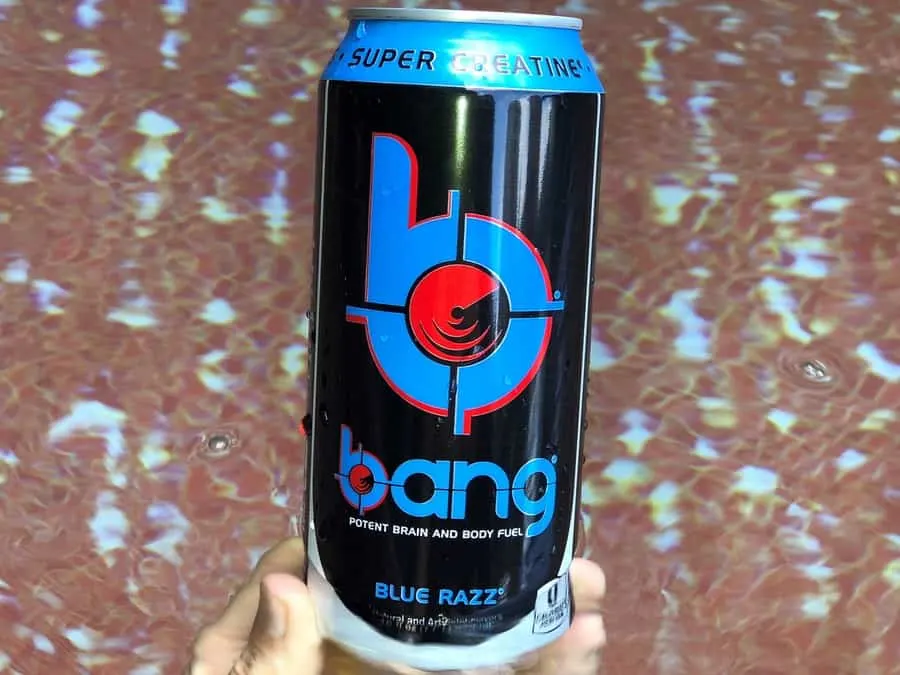
Personally, I think that Bang is okay as far as energy drinks go, although it may not be the best deal out there.
Artificial sweeteners, flavorings, and preservatives aside, Bang doesn’t actually have a lot of effective ingredients.
Test results show that there are not nearly enough vitamins or CoQ10 to fulfill your daily needs, and EAAs will usually be taken care of by daily food intake.
Moreover, the caffeine content revealed in the lab test is significantly less than the amount that was listed on the back of the product.
So the question remains, does a can of Bang not actually have 300mg of caffeine, or were the lab tests simply pointing out a lack of quality control?
Whatever the truth may be, it is probably better to be safe than sorry and keep your intake of Bang to a single can per day.
Also, to keep an open mind, I personally like to keep myself updated on all the allegations brought up against Bang – the legitimacy of Super Creatine, the lab tests that challenge Bang’s nutrition label, and so on.
But don’t let this stop you from trying Bang! Check it out and see for yourself if it is everything you look for in an energy drink.
